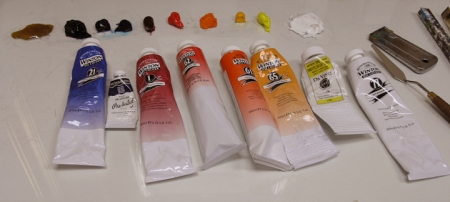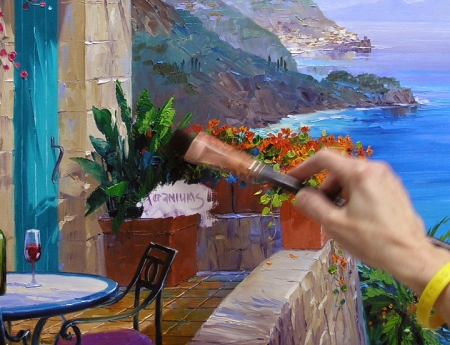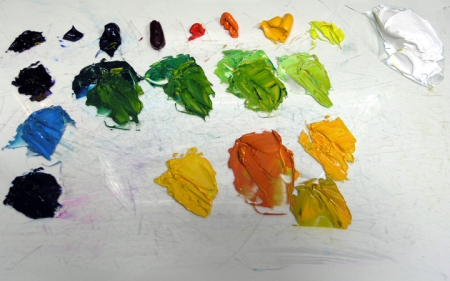 One of our collectors visited Turkey this past summer and sent us some of the pictures taken on their trip. My immediate reaction was, “What fun to paint.” We emailed back and forth several times, brainstorming on various themes. We finally decided to combine several locations. The coastal village of Alacati is very picturesque, full of good memories for my collector and his family. We selected a couple of street scenes as a base for the foreground. My collector came up with a super idea. He said, “I would love to capture the feel of sitting at the sidewalk cafe overlooking the ancient ruins in the distance.”
One of our collectors visited Turkey this past summer and sent us some of the pictures taken on their trip. My immediate reaction was, “What fun to paint.” We emailed back and forth several times, brainstorming on various themes. We finally decided to combine several locations. The coastal village of Alacati is very picturesque, full of good memories for my collector and his family. We selected a couple of street scenes as a base for the foreground. My collector came up with a super idea. He said, “I would love to capture the feel of sitting at the sidewalk cafe overlooking the ancient ruins in the distance.”
Another quaint Alacati street scene.
The Library of Cestus is to be the main element in the distance.
So, bring out the sketchbook! I so enjoy collaborating with my collectors on their special pieces. It’s a fun challenge to take all of the ideas and combine them into a painting. Feel free to visit the studio tomorrow and see how it comes together in the sketch. Hugs, Mikki Senkarik
Website: http://www.senkarik.com
















































